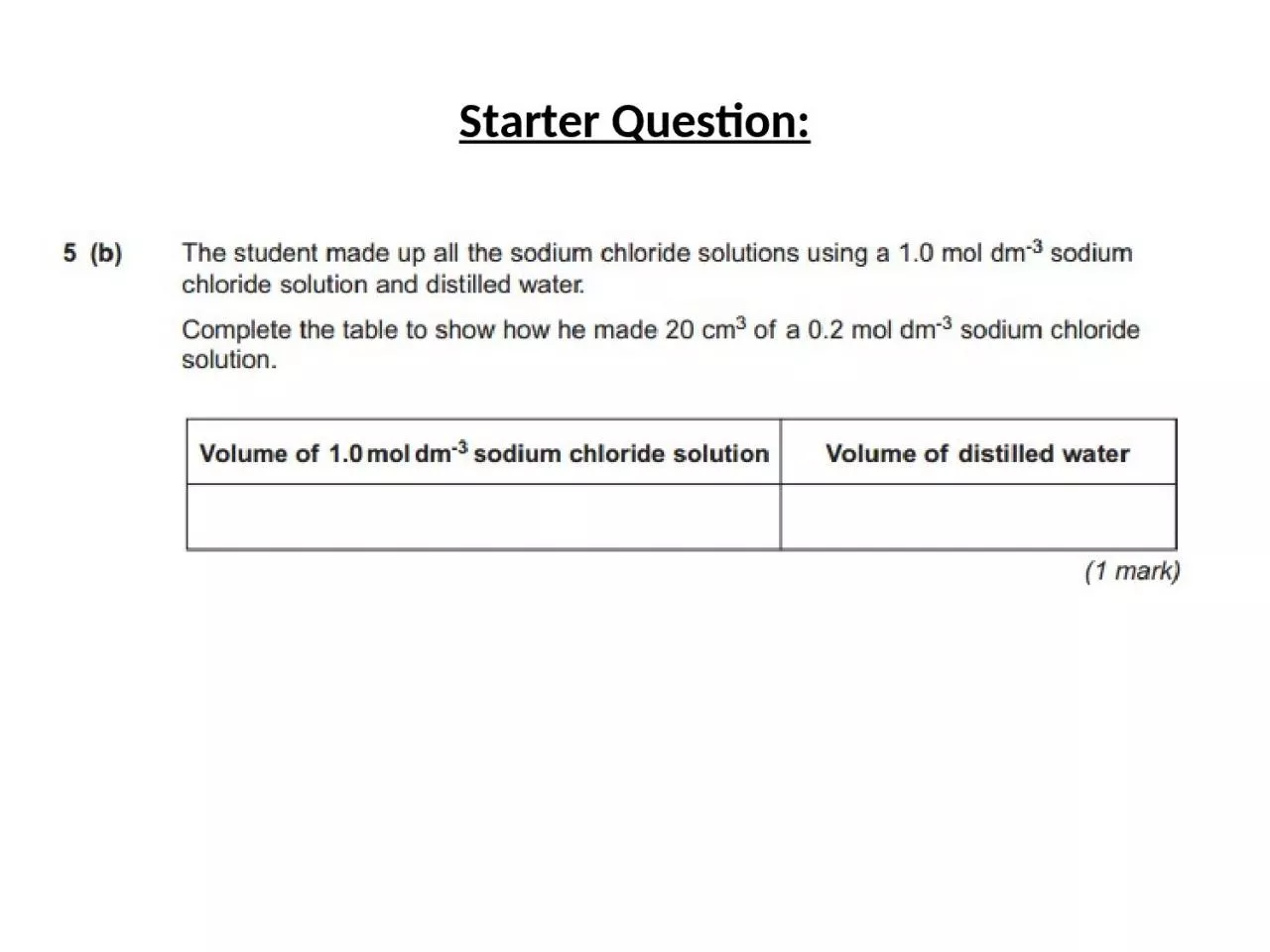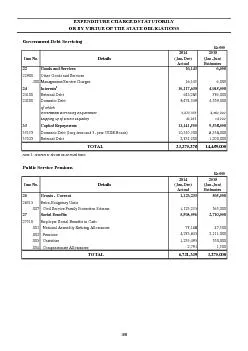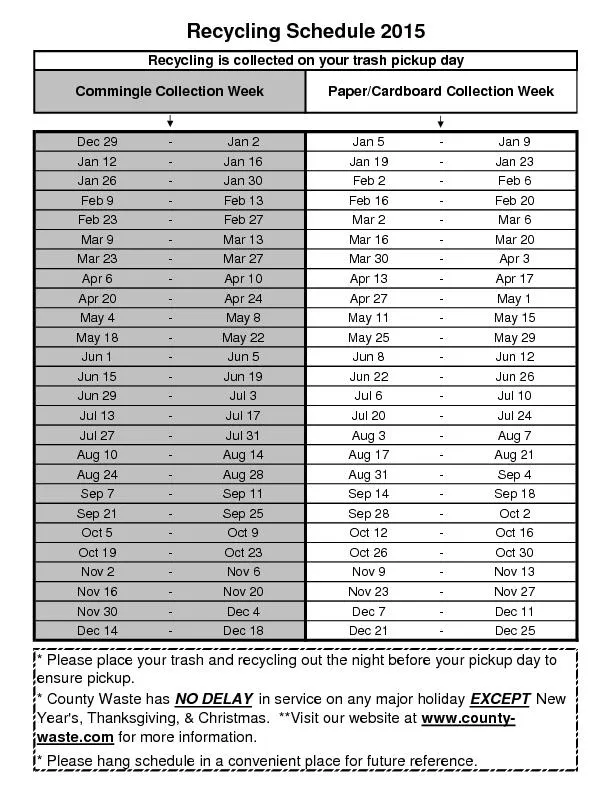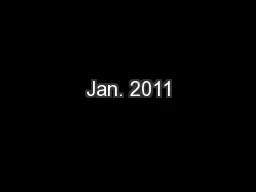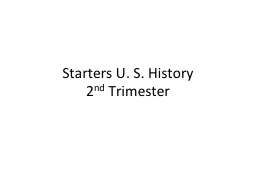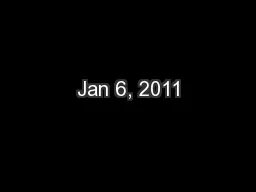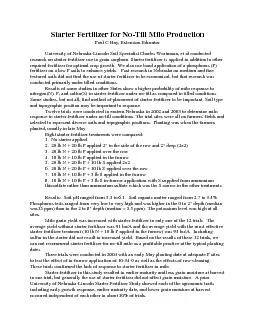PPT-Starter Question: Question: Jan 2011 Q5 (b)
Author : eleanor | Published Date : 2023-06-23
The student want to make 20 cm 3 of a 02 mol dm 3 sodium chloride solution using a 10 mol dm 3 sodium chloride solution and distilled water 10 mol dm 3 is five times
Presentation Embed Code
Download Presentation
Download Presentation The PPT/PDF document "Starter Question: Question: Jan 2011 Q5 ..." is the property of its rightful owner. Permission is granted to download and print the materials on this website for personal, non-commercial use only, and to display it on your personal computer provided you do not modify the materials and that you retain all copyright notices contained in the materials. By downloading content from our website, you accept the terms of this agreement.
Starter Question: Question: Jan 2011 Q5 (b): Transcript
Download Rules Of Document
"Starter Question: Question: Jan 2011 Q5 (b)"The content belongs to its owner. You may download and print it for personal use, without modification, and keep all copyright notices. By downloading, you agree to these terms.
Related Documents

